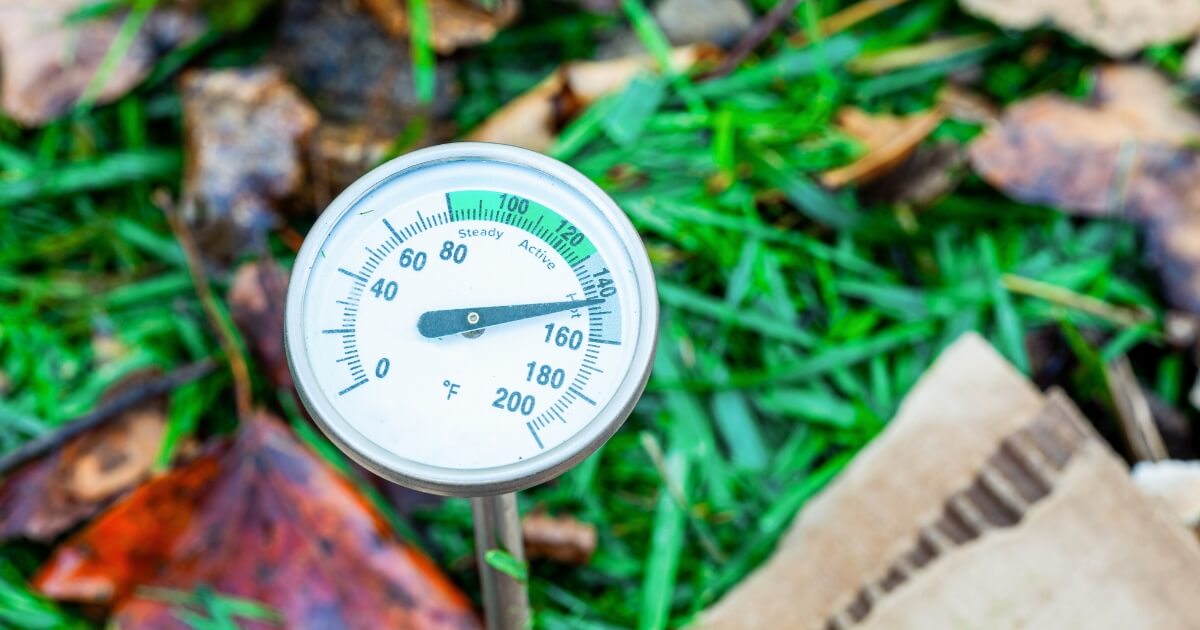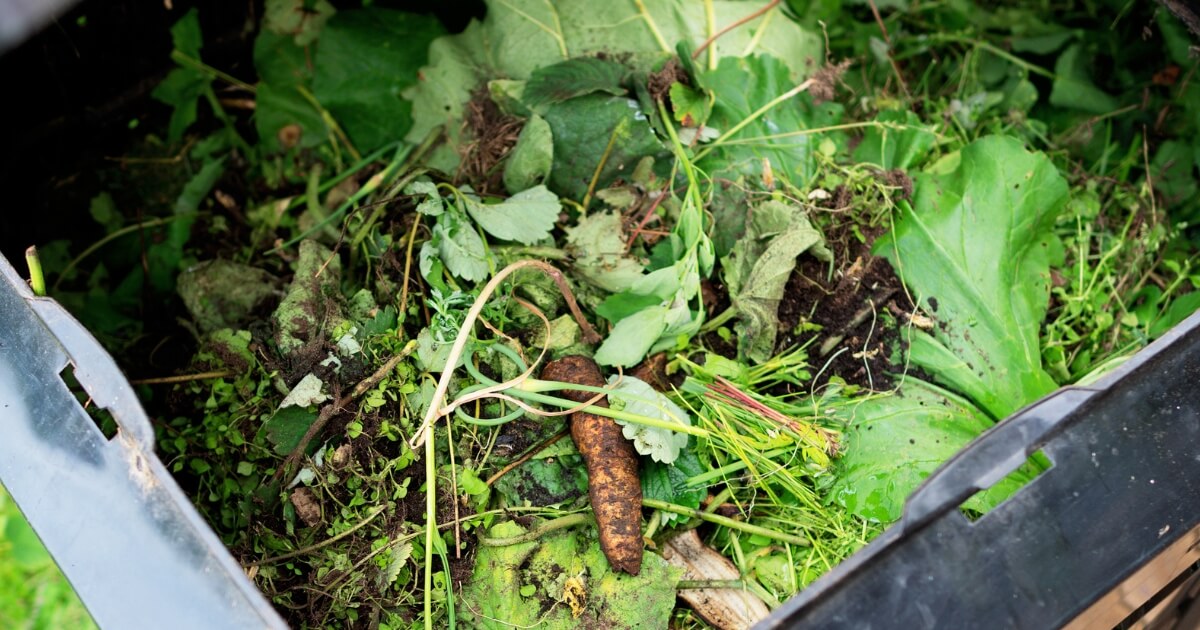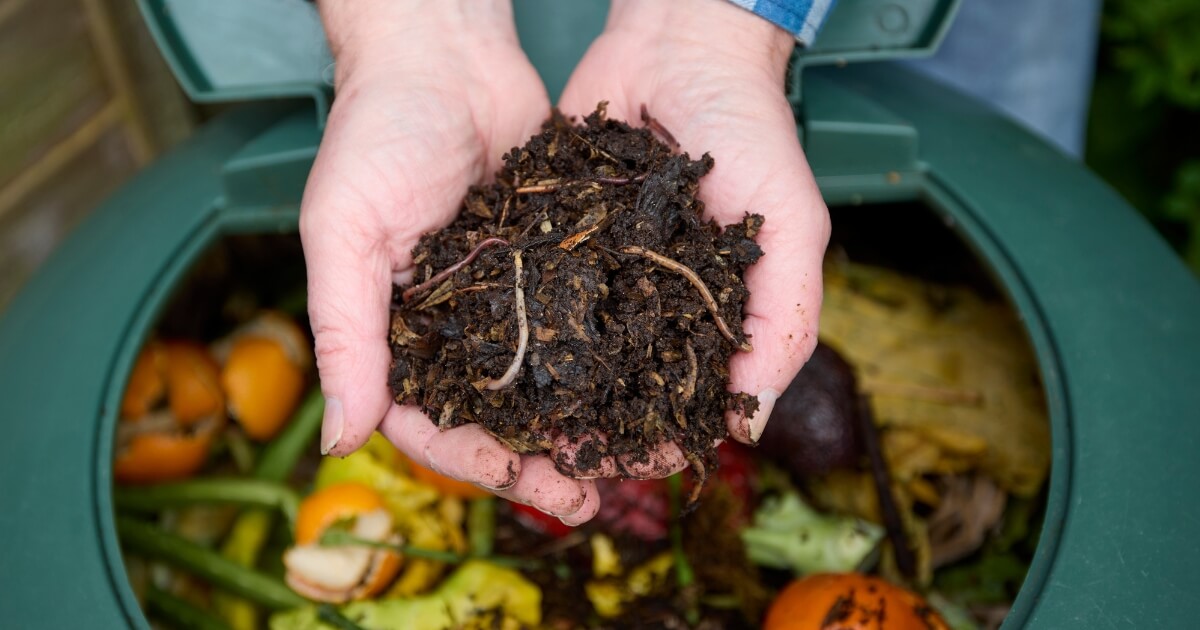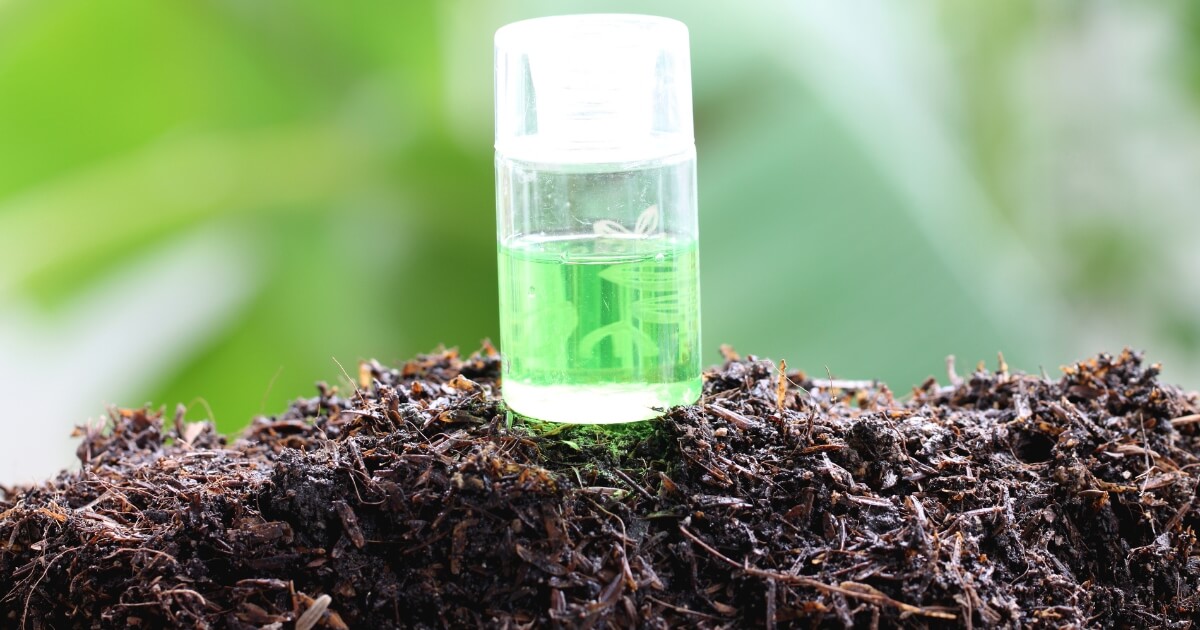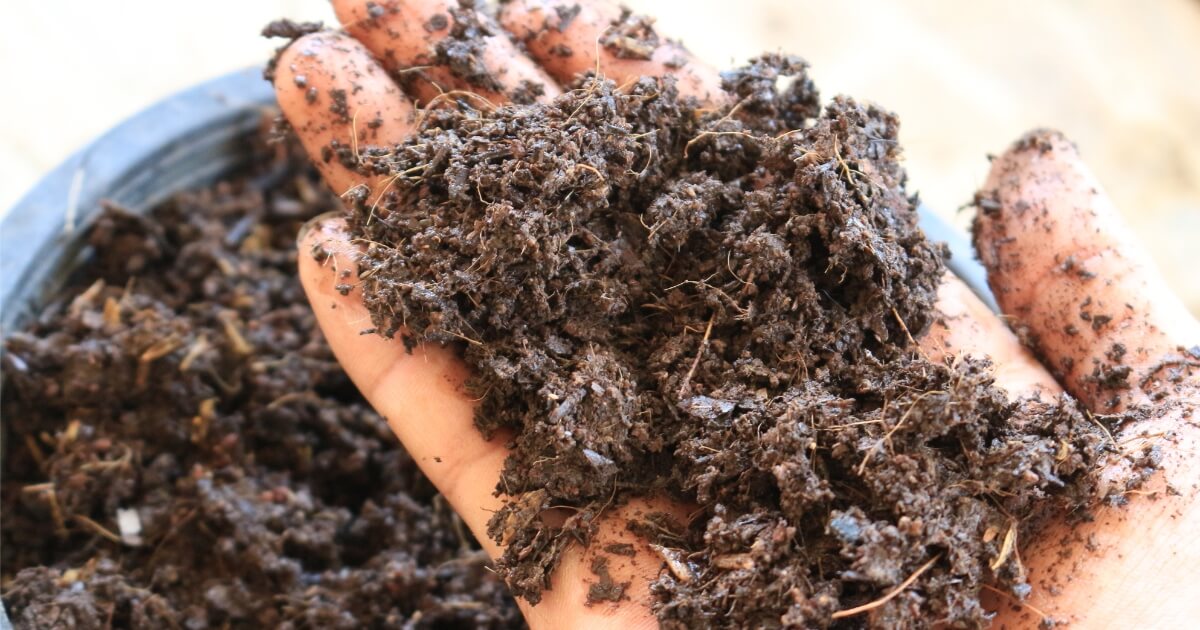Potato harvest season is here, and you may wonder can you compost potatoes and peels that aren’t suitable for eating or storing?
The answer depends on which type of composting system you use. Potatoes are prone to diseases, which can upset the microbe action within a pile of processing compost.
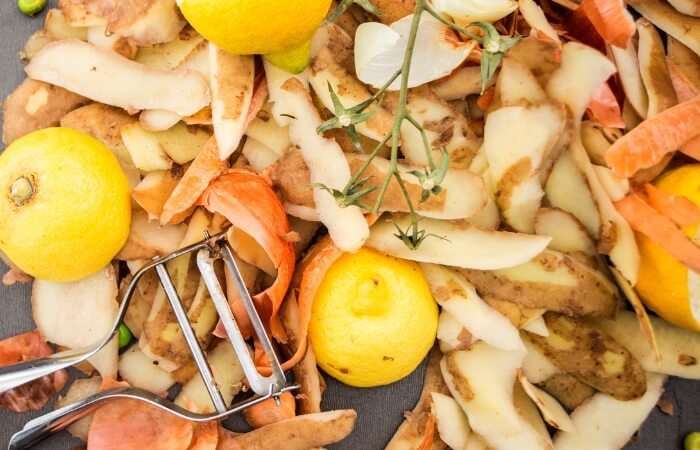
To clarify the correct way to compost potatoes, I put together this short guide that includes the pros and cons, easy-to-follow steps, and what to do if potatoes grow in your compost.
With a bit of knowledge, you’ll be on your way to successful potato composting!
Can You Compost Potatoes And Potato Peels?
Potatoes and potato peels are compostable, but the possible side-effects of disease that can transfer to your compost is a real concern for gardeners who want to recycle their garden and kitchen waste.
For traditional composting systems, adding healthy potatoes and peels should present no issues.
If you have a vermicomposting system, it’s best to avoid potatoes, especially the peels. Potatoes contain high levels of solanine in the skin, which is toxic and works as a natural pesticide.
Worms will avoid eating potato peels, and the solanine may upset the balance of other soil microbes within the trays.
Potato blight (Phytophthora infestans) is a common problem that affects both home-grown and store-bought taters.
Potato blight appears first as white fuzzy growth on the underside of leaves. Later, brown spots will form on the foliage and stems, and rot will begin.
Potato blight affects certain plants such as potatoes, peppers, tomatoes, and other nightshade plants, which are all home-gardening favorites.
Unfortunately, if left without treatment long enough, blight will reach and ruin potato plant tubers and may also damage your pepper and tomato crop.
Check out this helpful page from the University of Massachusetts Amherst to identify potato blight and other potato diseases.
Since potato blight grows from a fungi-like microorganism that releases spores, it can spread through a batch of compost and can often live through the decomposition process to infect future crops.
It’s best to avoid adding diseased potatoes to your compost to reduce the risk of introducing and spreading blight unless you’re confident you can maintain the minimum 120° F temperature inside your compost pile that’s necessary to kill this persistent disease.
Potato peels that appear healthy are OK to add to compost. However, remove those with white or brown spots if you aren’t using a hot composting system, and there’s a possibility the finished material may end up in your veggie garden.
Suppose you aren’t using the compost for growing vegetables in the future. In that case, it’s perfectly safe to recycle healthy and unhealthy spuds and foliage and spread the compost around bushes and other non-blight-affected plants.
Pros And Cons Of Composting Potatoes
Like any compost ingredient, you’ll need to balance the positives against the negatives to decide if adding potatoes is right for you.
Pros:
- Potatoes are a rich nitrogen or “green” compost ingredient
- Potatoes add moisture to the compost
- Recycling potatoes and peels are good for the environment
- Potatoes add potassium, phosphorus, and magnesium to the finished compost
Cons:
- Requires chopping or cooking before adding to compost for best results
- New potato growth may sprout within the compost
- Must take precautions to prevent the spread of diseases
How To Compost Potatoes And Peels
Here are the simple steps to compost potatoes and potato peels:
Step 1: Inspect Potatoes and Peels for Disease
Spread potato scraps on a tray and discard portions that appear dark brown, white, or rotten.
It’s often hard to differentiate between harmful spots and what is not, so throwing away parts with discoloration is best to avoid upsetting the composting process.
If you want to safely recycle all the potato waste, you can cook the tray of scraps in an oven for 30 minutes at 200° F to kill blight or any other disease.
Step 2: Chop or Shred Whole Potatoes or Chunks
It would be best if you don’t toss whole potatoes into a composter, as they will take much longer to decompose and will often sprout before breaking down.
Gather your potato scraps and use a knife to chop them into small pieces. You can also use a food grater to reduce the size of the spuds so they quickly decompose within the compost.
Potatoes are full of moisture. If your compost is already on the wet side, it’s a good idea to place the chopped or grated potatoes on newspaper or paper towels to absorb the excess before adding it to your compost bin or pile.
Step 3: Add Potato Scraps to Compost
Take your potato scraps to the composter and bury them deep, taking note of the volume of the material so you can offset it with the correct ratio of brown (carbon) material over the top.
Typically, using twice the amount of dry carbon ingredients such as dead leaves, straw, or sawdust is the perfect way to balance the material so the microbes can keep active and internal compost heat levels remain high.
Step 4: Turn and Maintain the Compost
To keep your compost from getting soggy, cold, or smelly, you’ll want to turn the ingredients every five to seven days.
Keeping the compost cooking at optimal temperatures to kill harmful bacteria and fungi requires oxygen, so turning the pile will bring in a fresh supply. Using a compost thermometer is a simple way to monitor compost activity.
Turning the pile also redistributes moisture and nutrients, so the beneficial compost microorganisms stay busy digesting the potato scraps and other ingredients.
Tend to the compost until the material is dark, loose, and there are no traces of food scraps or dry ingredients you can recognize, which should take anywhere from three to six months.
What To Do If Potatoes Start Growing In Your Compost
If you spot potatoes sprouting in your compost, you don’t need to panic.
Sprouting issues happen most often when you place whole potatoes into the pile, you did not bury the potato scraps deep enough within the compost to deter growth, or you aren’t turning the compost often enough.
The best way to handle potatoes that sprout in compost is to push the new growth down into the center of the compost material, so the higher heat will quickly kill off the plant, and the most active microbes can get to work digesting the material.
If you have several piles of compost working simultaneously, you can also opt to leave the potatoes alone and let them mature.
Potatoes that grow in compost do quite well, as it provides the plants an outstanding balance of nutrients and healthy soil conditions.
The potatoes should grow normally as long as the compost is deep enough and can drain off excess moisture.
The benefit of growing potatoes in compost is that the tubers can grow freely in the less dense compost material versus ordinary garden soil, so they are rounder and plumper. Harvesting the crop is also more manageable from the loose compost.
In Summary
Potatoes are a popular ingredient in all types of dishes. Learning safe ways to compost potato scraps helps people reduce landfill waste while creating free soil amendments for their landscaping projects.
With a bit of care, it’s simple to compost all parts of a potato plant without worry you’ll disrupt the composting process or harm future garden plantings.
Give potato composting a try, and enjoy doing your part for the environment and your garden!
